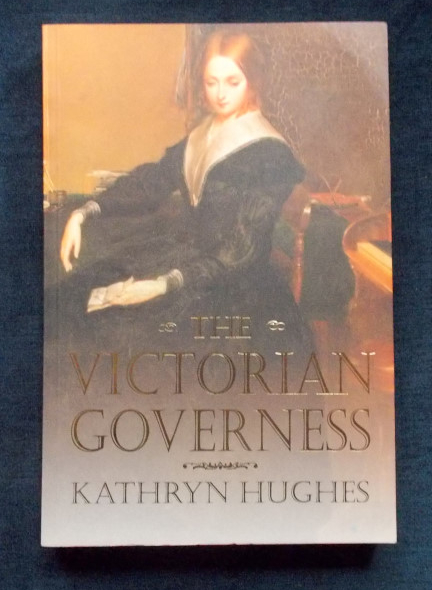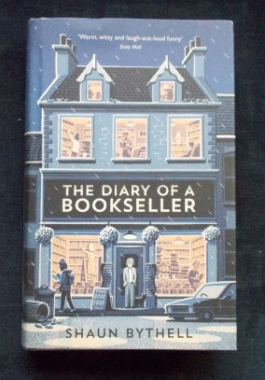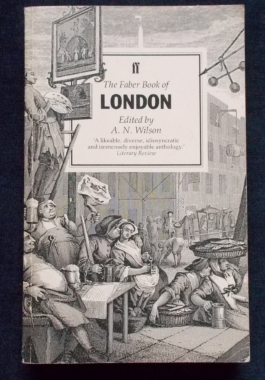The figure of the governess is very familiar from nineteenth-century literature, but much less is known about the governess in reality. This book is the first rounded exploration of what the life of the home schoolroom was actually like. Drawing on original diaries and a variety of previously undiscovered sources, Kathryn Hughes describes why the period 1840-80 was the classic age of governesses, examining their numbers, recruitment, teaching methods, social position and prospects. The governess provides a key to the central Victorian concept of the lady. Her education consisted of a series of accomplishments designed to attract a husband able to keep her in the style to which she had become accustomed from birth. Becoming a governess was the only acceptable way of earning money open to a lady whose family could not support her in leisure. Being paid to educate another woman’s children set in play a series of social and emotional tensions. The governess was a surrogate mother, who was herself childless, a young woman whose marriage prospects were restricted and a family member who was sometimes mistaken for a servant.
The Victorian Governess: Kathryn Hughes
$15.00
Only 1 left in stock
SKU: LS1/6/49.
Author: Kathryn Hughes.
Category: Autobiography/Bio/Non-Fiction.
Tag: OS paperback; excellent condition with no condition issues to describe.






